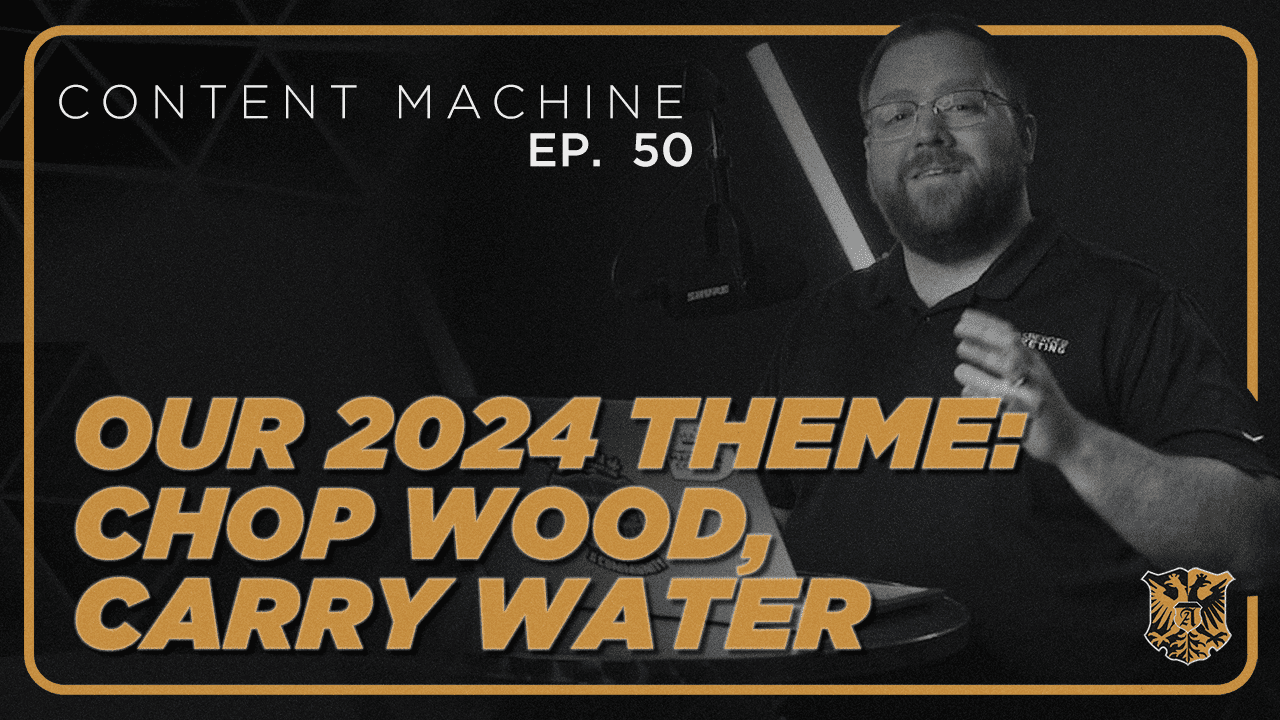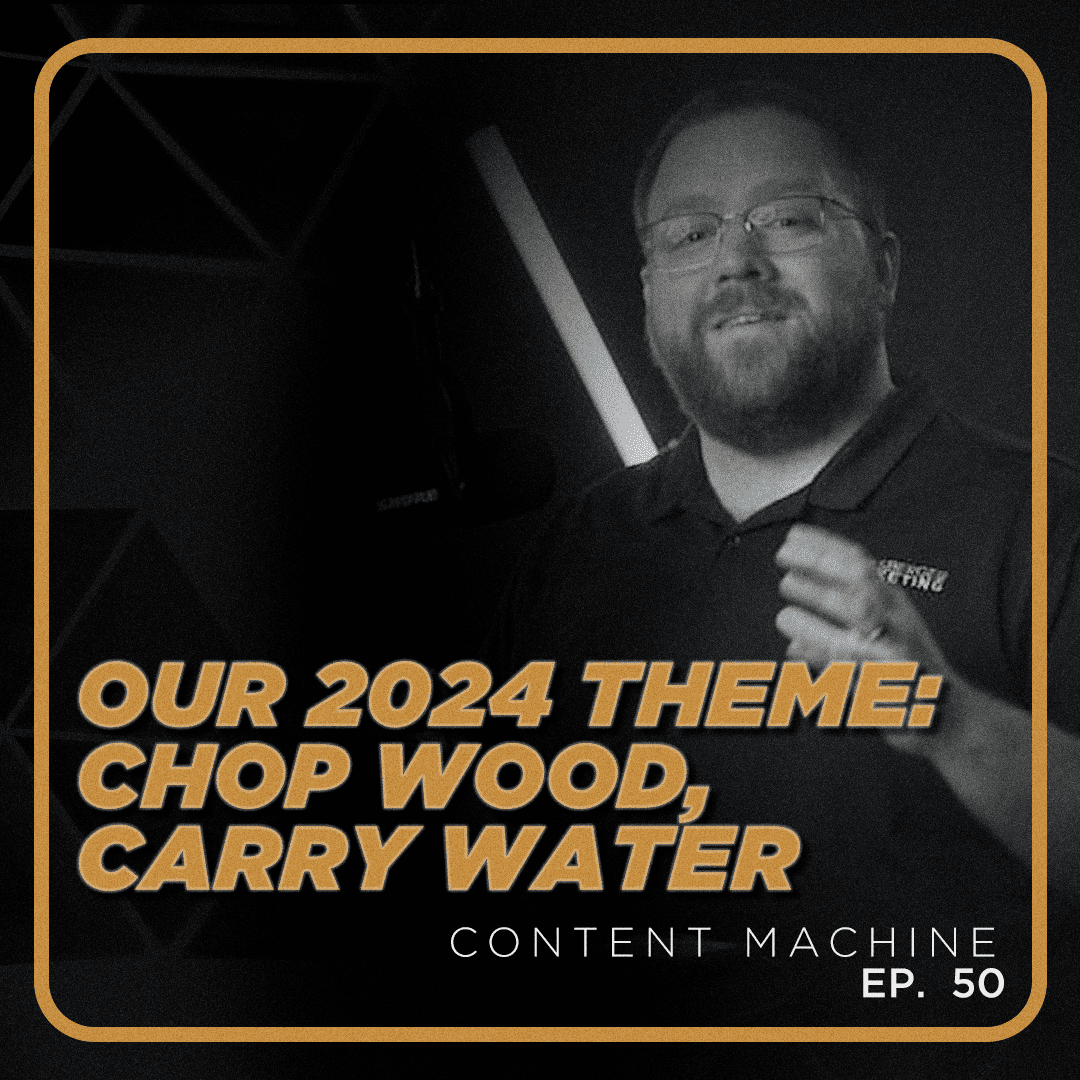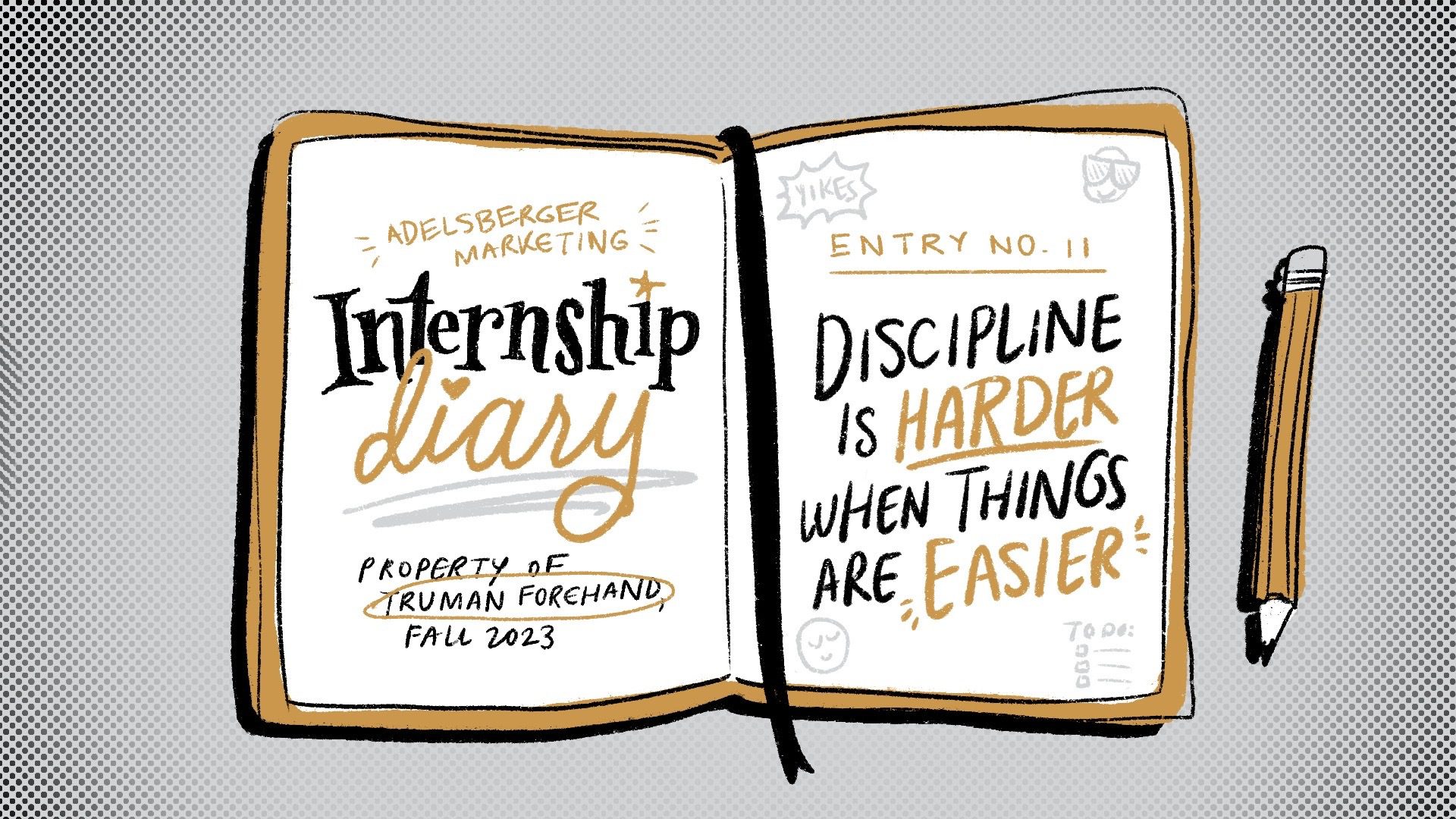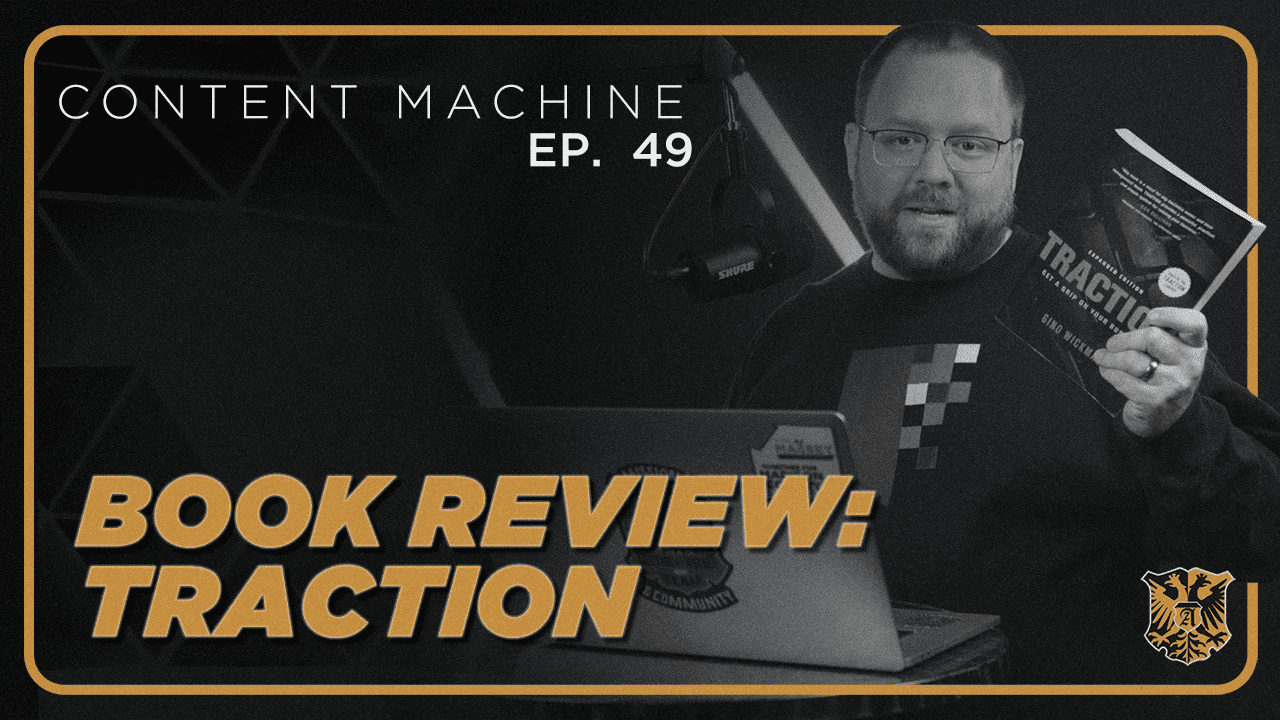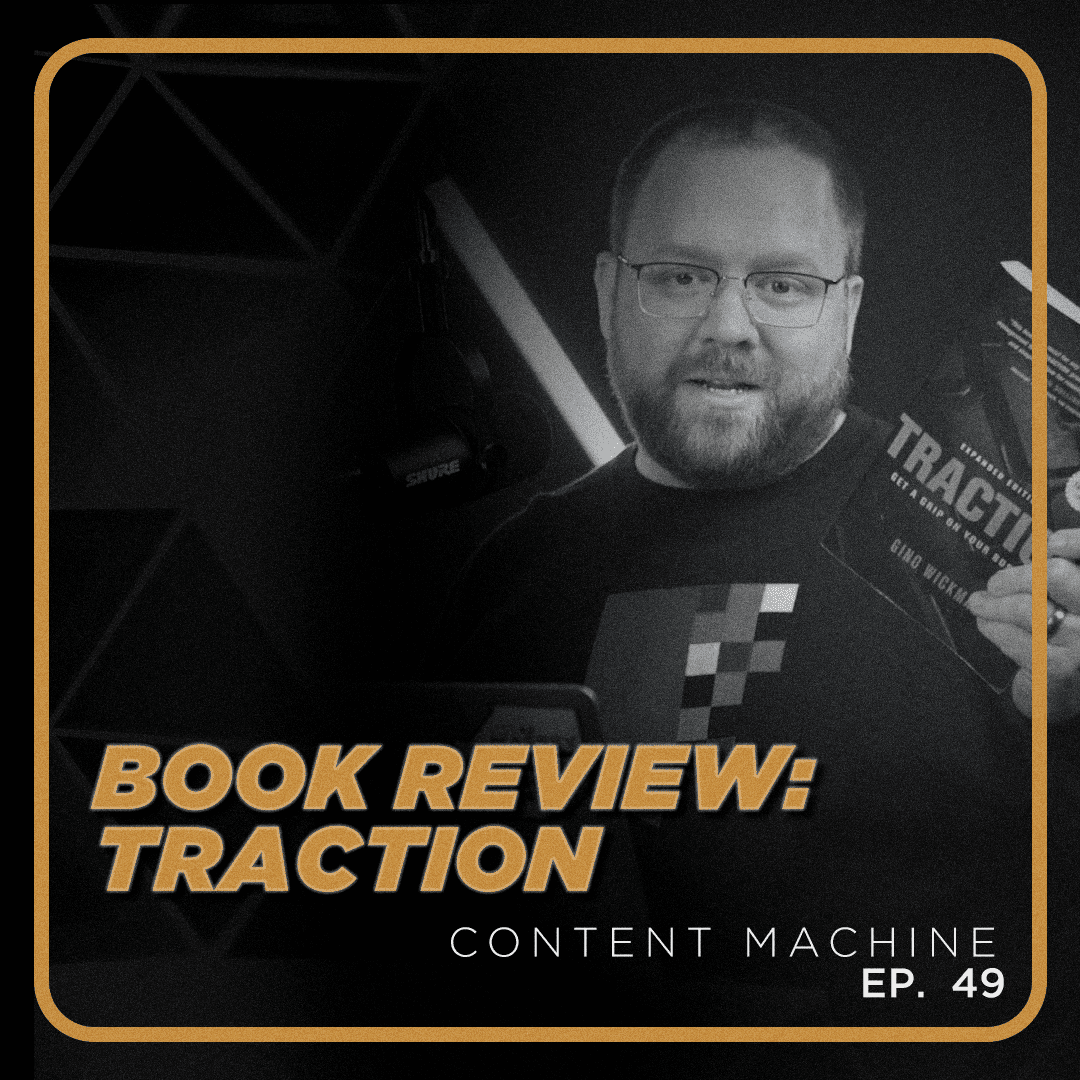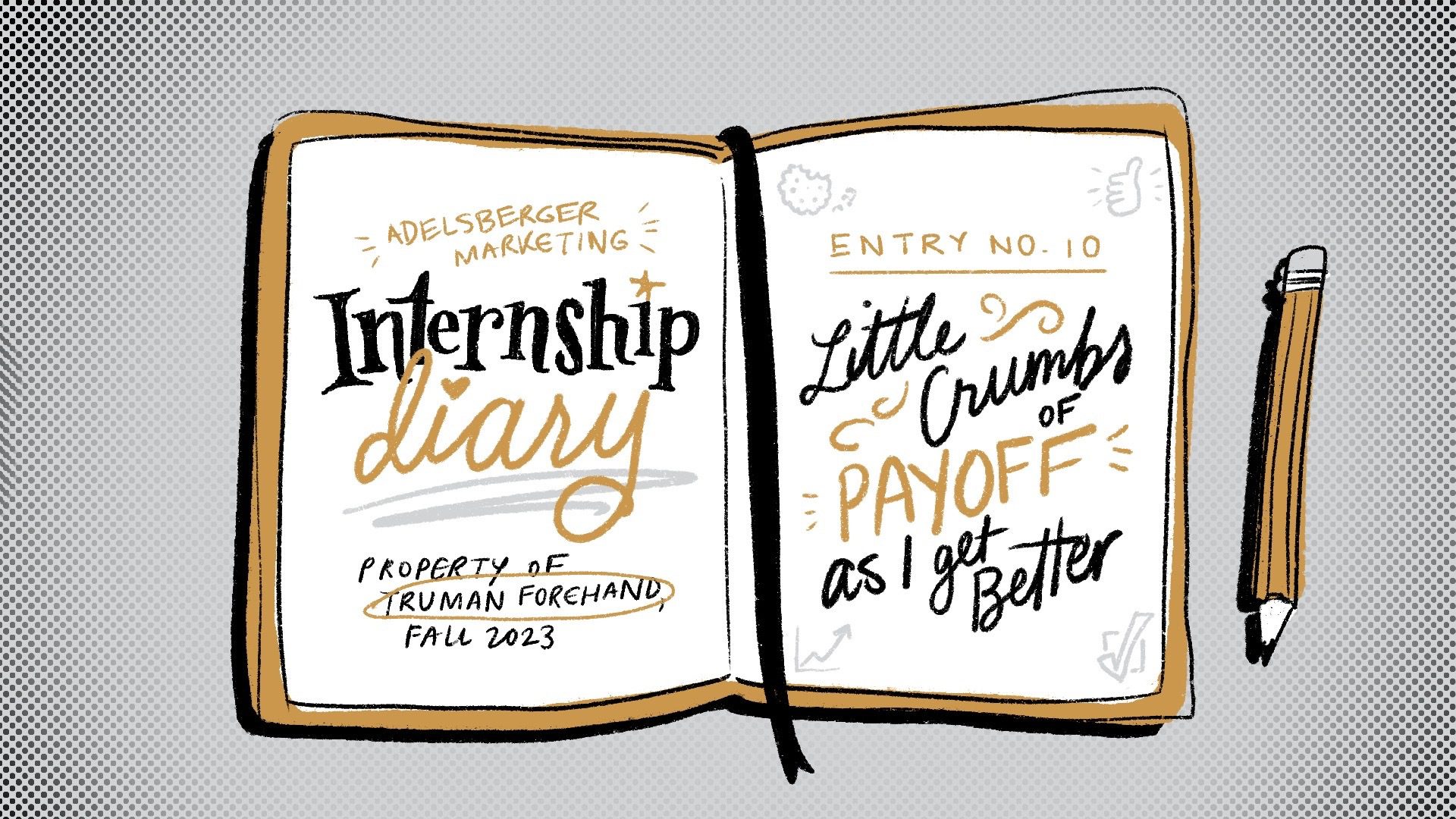Here at Adelsberger Marketing, we believe in themes over resolutions. I’ve done a whole podcast about this. I’ve written about this every year for a long time. Each new year has a new theme, which gives us a focus to cover for the entire year. Two years ago, our theme was, “Faster Alone, Further Together.” It consisted of our team’s capabilities and an admission of my limitations. I’m not able to accomplish all the things we need to do as a company. I am limited by time, but also skills and then the ability to prioritize things. We need a team to accomplish all the things that we have to do and to do them at the level at which we need to accomplish them. And for us to continue to improve our offerings, we need our team members to do that. We need team members that are specialized in different things and focused on those things. If we want to run this marathon called business, we can only do it as a team. Our team has done well and our business continues to grow. And the natural evolution of a growing firm is an increase in complexity. When complexity increases, clarity diminishes.
More team members and more clients equal less clarity and less preventative measures are taken. As a result, our theme in 2023 was, clarity brings power. We get everybody on board with a clear vision, and then we align everyone towards the same goal with the right direction. That’s going to increase our clarity and that’s going to allow us to win. So by providing clarity, it helps us to know all that we need to do and how we need to do it and allows us to go and do it. Heath MacMillan, one of my friends, and he works at the TCAT in Jackson, said to me that “Clarity brings power, but power brings action. When the spring is compressed, it has tremendous amounts of power and is ready to act. And if you have power, you are bound to release that in action.” So our theme this year is to “Chop Wood and Carry Water.” Chopping wood and carrying water are two things that are no longer fundamental to the lives that we live. But in a different time in our society, that was what you needed to do to survive. It was the basics. It was the everyday activities that allowed for survival.
You had clarity about what you needed, and you went and got it. My hope is that over the last few years, the alignment of our team and the increasing clarity and the building of infrastructure in our company will be like that spring that has been compressed, now released into motion. Now it’s our time to act. We have been steadily building a head of steam over the last few months with new clients, and now it’s time for the business to run at full speed. We’re going to take the fundamentals that we’ve built into the work and practice them every day. Everyone, because of clarity, will know their job and know that it’s time to do the work. We’ve built the tools to do the things, and now it’s time to use them. I’m going to be working to remove roadblocks for the teams to be successful and increase our sales effort. We’ve been sharpening our acts, and now it’s time to chop down the tree. Chopping wood and carrying water isn’t fancy. It isn’t glamorous, but it’s vital to survival. It’s the building blocks to success. It is the fundamentals of business. We have power, and now it’s time to put it to work.
So we’re going to go work to make 2024 the best year in Adelsberger Marketing history!

